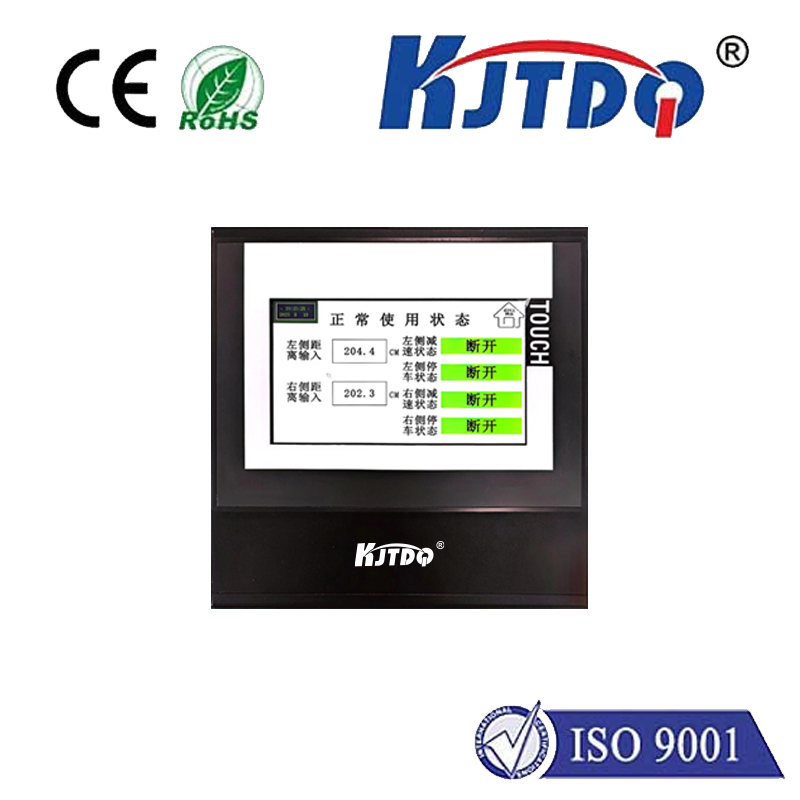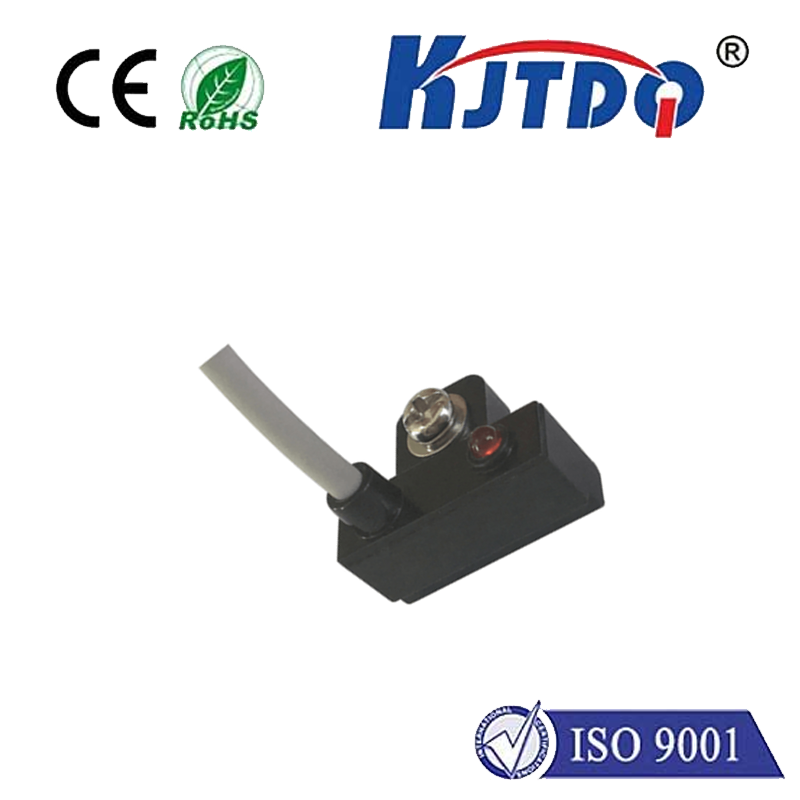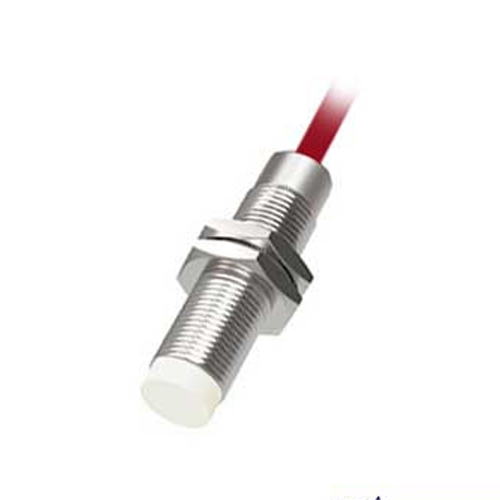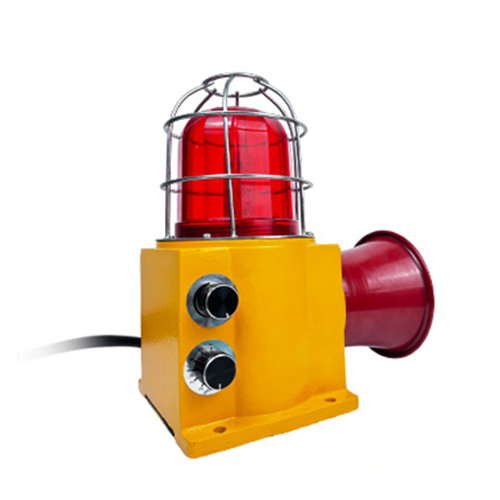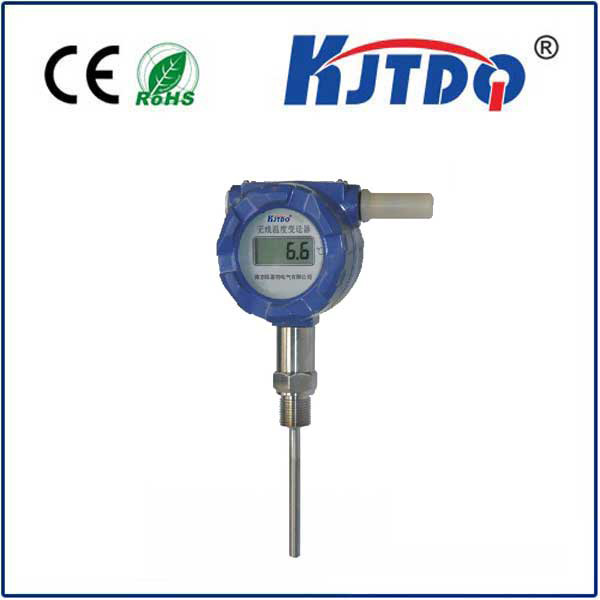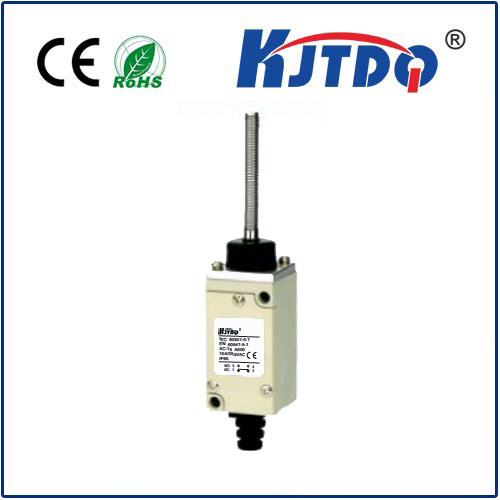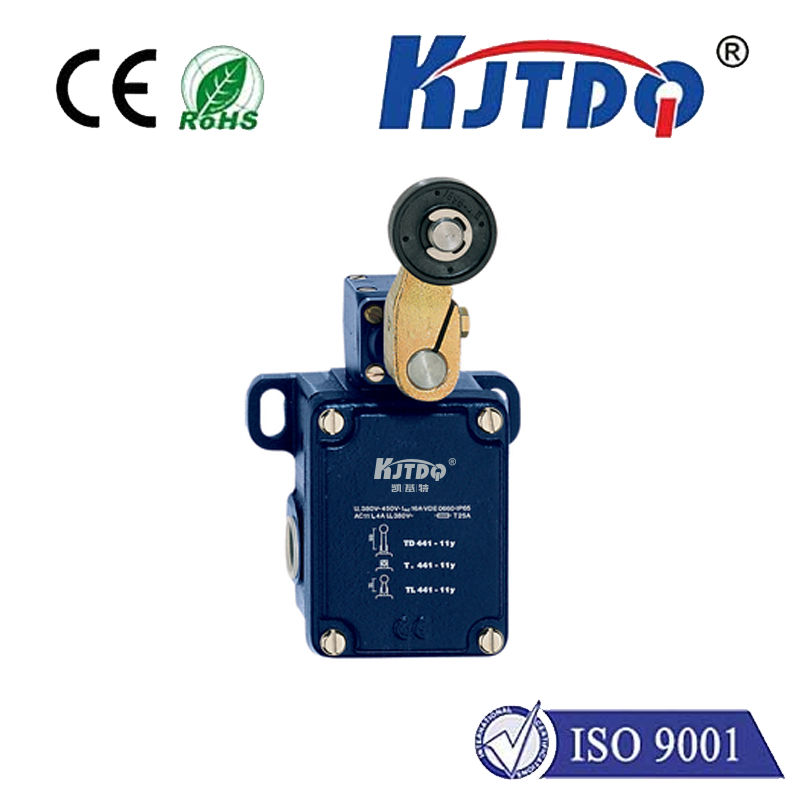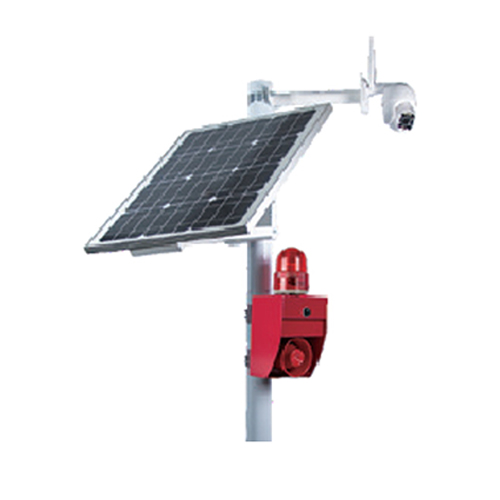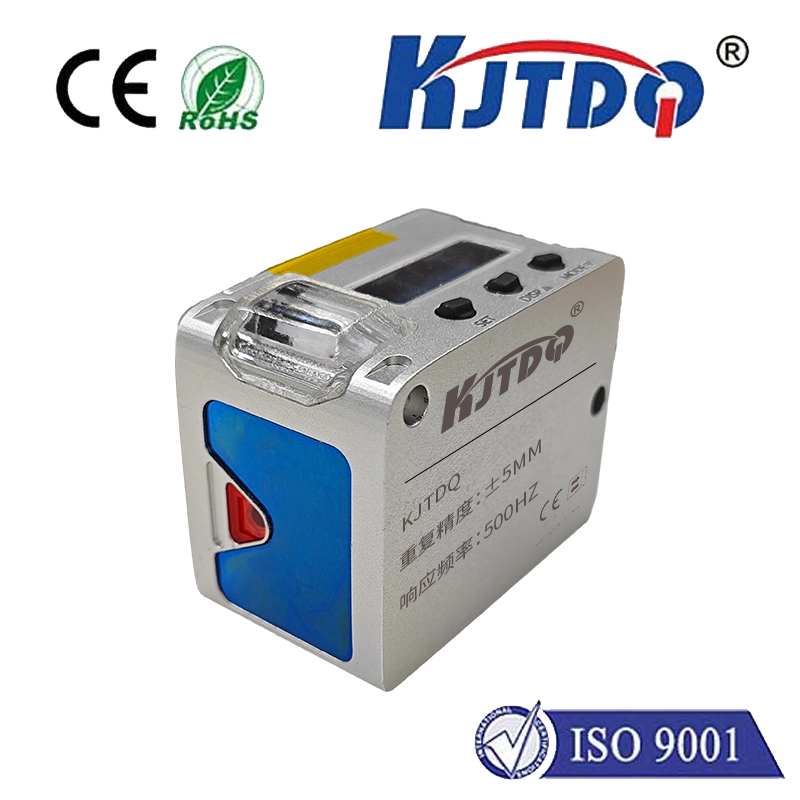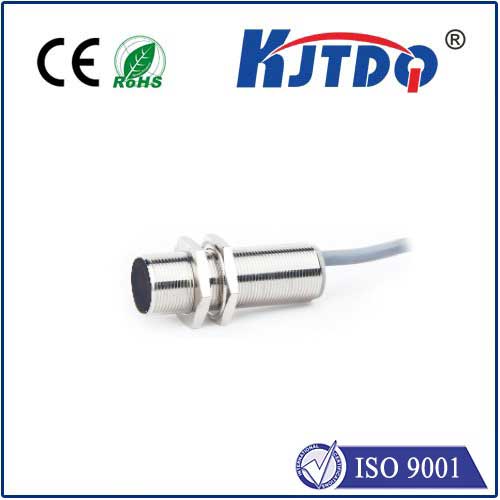proximity sensor led light
- time:2025-06-28 01:16:41
- Нажмите:0
Proximity Sensor LED Light: The Silent Guardian of Smart Illumination
Have you ever waved your hand near a faucet, and the light magically turns on? Or noticed your car’s interior lights gently fade as you walk away? That seamless, almost spooky magic is often the work of a brilliant duo: the датчик приближения and the LED light. This pairing forms the backbone of countless modern conveniences, transforming passive lighting into responsive, intelligent systems. Beyond mere automation, it’s about creating smarter, safer, and more energy-efficient environments. Let’s delve into how this synergy works and why it’s revolutionizing everything from our homes to public spaces.
The Core Duo: Sensing Presence, Controlling Light
At its heart, the system is elegantly simple:
- The Proximity Sensor: This is the watchful eye. Using technologies like infrared (IR), ultrasonic waves, or capacitive fields, it detects the presence, absence, distance, or movement of an object (typically a person or hand) within its defined range. Common proximity sensor types include:
- Infrared (IR): Emits an IR beam; reflection indicates presence. Cost-effective and widely used (e.g., automatic faucets, hand dryers).
- Ultrasonic: Emits high-frequency sound waves; measures the echo return time to determine distance. Excellent for larger areas or through materials (e.g., parking sensors, some room lighting).
- Capacitive: Detects changes in an electrical field caused by conductive objects (like the human body). Ideal for touchless switches behind panels.
- The LED Light: The responsive actor. LED technology is perfectly suited for this partnership due to its instant on/off capability, dimmability, low power consumption, and long lifespan. Unlike older bulbs, LEDs suffer no degradation from rapid cycling, making them ideal for frequent activation by a sensor.
- The Controller: The brains in the middle. The sensor’s signal (e.g., “object detected,” “object at 20cm,” “object moved away”) is sent to a microcontroller or simple logic circuit. This interprets the signal and sends the appropriate command to the LED driver: turn on, turn off, fade in, fade out, dim to X% brightness.
Where the Magic Happens: Applications Galore

The proximity sensor LED light combination is incredibly versatile. Here’s where you encounter it most often:
- Automatic Faucets & Soap Dispensers: Wave your hand, the sensor triggers the LED light (often integrated near the nozzle as an indicator) and activates the water/solenoid valve. Promotes hygiene and water conservation.
- Touchless Hand Dryers & Paper Towel Dispensers: Presence detected, LED indicator might light, motor activates. Hygiene is paramount in these applications.
- Automotive Interior Lighting: Approach your car, and cabin lights gently illuminate. Open the door, lights turn on. Close the door and walk away, lights fade out. Enhances convenience and safety.
- Under-Cabinet/Closet/Motion-Activated Lighting: Open a closet or walk into a pantry, lights turn on automatically. Saves energy and eliminates fumbling for switches.
- Smart Home Automation: Integrated into systems where lights activate upon entering a room, adjust based on presence, or turn off when no one is detected. Significant energy savings potential.
- Interactive Retail Displays: Wave your hand near a product, and targeted LED spotlights highlight it, providing information or creating an engaging experience.
- Anti-Glare Rearview Mirrors: Sensors detect headlights from behind, automatically dimming the electrochromic mirror, often signaled by a small LED indicator.
- Power-Saving Indicators: Many devices (laptops, monitors, smart speakers) use a subtle proximity sensor to detect when a user is near, waking the device or activating an LED status light, and dimming/sleeping when the user leaves.
Building Blocks: Key Considerations for Implementation
Designing an effective proximity sensor LED light system requires careful thought:
- Sensor Selection is Critical:
- Range: How far away should detection occur? (e.g., a faucet needs cm range, a room light needs meters).
- Environment: Is there dust, moisture, direct sunlight (can interfere with IR sensors), or background noise (affects ultrasonic)?
- Target Object: Reliably detecting a hand vs. a whole body requires different approaches.
- Power Consumption: Especially important for battery-operated devices. Low-power sensor modes are beneficial.
- LED Integration:
- Driver Circuit: Essential for controlling the LED based on the sensor input (simple on/off or complex dimming curves).
- Brightness & Color: Match the LED’s output to the application’s needs. Warm white for ambiance, cool white for task lighting. RGB LEDs offer dynamic possibilities.
- Placement: The sensor needs a clear “view,” and the LED light should illuminate the desired area effectively.
- Logic & Timing:
- Response Time: How fast should the light react? Instantaneous for a faucet, slightly delayed for room entry to prevent flicker.
- Hold/Delay Time: Once presence stops being detected, how long should the light stay on before turning off?
- Dimming Profiles: Smooth fades are often preferred over jarring on/off transitions for user comfort.
Advantages: Why the Pair Reigns Supreme
- Enhanced Convenience: Hands-free operation is intuitive and user-friendly.
- Improved Hygiene: Crucial in public restrooms, kitchens, and healthcare settings, reducing surface contact.
- Significant Energy Savings: Lights only activate when needed, eliminating waste from forgetfulness. LED efficiency compounds this benefit.
- Increased Safety: Automatic illumination in dark areas (stairs, closets, garages) prevents accidents.
- Extended LED Lifespan: Reduced operating hours mean the LED lasts even longer. Less frequent cycling stress.
- Modern Aesthetics & Functionality: Enables sleek, button-free designs and interactive experiences.
Potential Challenges & Solutions
- False Triggers: Drafts, pets, or unintended reflections can sometimes activate the sensor. Solution: Careful sensor tuning, shielding, using sensors with adjustable sensitivity, and implementing appropriate detection logic delays.
- Missed Detection: Sensor might fail to “see” a user, especially under challenging conditions. Solution: Select robust sensors suited for the specific environment, ensure proper placement and calibration. Redundant sensors can be used in critical applications.
- Interference: Multiple sensors nearby, strong ambient light (for IR), or acoustic noise (for ultrasonic) can cause issues. Solution: Proper shielding, frequency selection, and physical separation.
- Cost: Adding a quality sensor and controller increases complexity and cost compared to a simple switch. Solution: Weigh the benefits (energy savings, convenience, hygiene) against the initial investment; costs decrease as technology matures.
The Future: Even Smarter, More Integrated Lighting
The evolution of the proximity sensor LED light duo continues rapidly. Integration with broader Internet of Things (IoT) ecosystems allows lighting to react not just to presence, but to user preferences, time of day, ambient light levels, and even biometrics. Imagine lights that adjust color temperature based on proximity and the time, or path lighting that guides you through your home only when you are moving. Miniaturization and improved sensor accuracy will enable even more subtle and pervasive integration.
The marriage of proximity detection and LED illumination is far more than a neat trick; it’s a fundamental building block of responsive and intelligent environments. By understanding the principles, applications, and considerations, we can appreciate and better utilize this powerful

